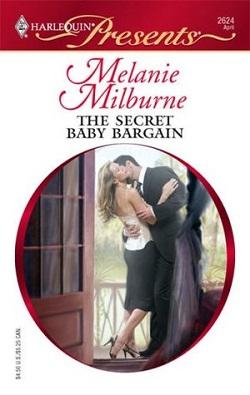“Adds to the creepy factor, along with all the broken windows,” Payne said. “Since they shut this place down thirty years ago, there’s been three, maybe four science-fiction movies filmed here. And you know what’s the irony of that?”
“What?”
“They had to bring their own generators for power.”
Harris grunted.
—
After rolling across the rough surface of what had been a parking lot, and bumping over sunken steel rails, they approached the back side of the enormous facility. A fat, long-tailed rodent scampered from the shadows, headed toward the Delaware River twenty yards distant.
“I hate rats,” Payne said.
“Lucky you. You’re apparently about to encounter a couple two-legged ones, too.”
They made the turn at the back of the building and saw a half dozen police vehicles, including a Crime Scene Unit van and another unmarked Crown Vic. They were parked near the foot of a wide concrete pier that jutted out some two hundred feet from the seawall into the river. Another district blue shirt stood at the yellow crime scene tape that roped off the foot of the pier.
Approximately midway on the pier was a fifteen-story-tall masonry tower—bold lettering chiseled in stone across its top read THE PHILADELPHIA ELECTRIC COMPANY—into which vessels had off-loaded the coal that powered the plant.
A weather-beaten conveyor belt, wide as a two-lane street, rose on rusted iron trestles at a steep angle from the foot of the coal tower to the top of the main building, where eight smokestacks stood, stout but long-abandoned.
Harris drove over and parked between the rough-looking Crown Vic and a year-old marked Chevy Impala.
Payne reached to the floorboard and pulled from a cardboard box under the seat two pairs of blue latex gloves. He held out a pair to Harris.
“Don’t say I never give you anything, Detective.”
—
A bitter cold wind blew down the wide river. Payne and Harris approached a gray, rusted steel door next to an industrial overhead roll-up door that was beneath where the massive conveyor belt exited the tower. Both doors were covered in faded graffiti. The overhead door was shut. The smaller gray door had been opened inward and, Payne noticed, had fresh boot prints where someone had kicked it. A battered electrical generator, its noisy gasoline engine running at high speed, had been positioned just to the side of the tower. From it, four yellow extension cords snaked through the doorway.
Inside was dark, damp, and cold, but Payne was grateful to be out of the wind. Twenty feet farther in was another rusted steel door, also open, through which the power cords led. Beyond the door, a brilliant white light filled a cavernous space.
As Payne and Harris walked up to the interior door, they had to take care to let their eyes adjust from the darkness. Payne could not help noticing, above the dank odor of the neglected ancient structure, the distinct smell of decaying flesh.
They went through the doorway.
Plugged into the power cords were ten halogen floodlights that were mounted on top of collapsible tripods. Half were aimed up the soaring interior walls, which were stained by more than a half century’s contact with coal. The other lights pointed toward the center of the tower, illuminating the series of heavy, truss-like iron beams that were spaced approximately every ten feet all the way up to the top.
“Jesus Christ,” Payne said.
“Yeah, I would say that’s an appropriate response,” Harris said after a bit. “They damn sure look crucified. Among other things.”
Payne slowly shook his head.
“The word macabre leaps to mind,” he said. “Looks like a mad scene from some opera.”
“Or one of those sci-fi movies you said was filmed here.”
Two human figures, their arms extended and wrists tied with rope, hung from the lowest iron beam.
Beneath them, the concrete floor was awash in a reddish pink pool of fluid—a great deal of blood diluted with an even greater deal of water—and in the pool directly below each body was a pile of shredded, pulp-like flesh.
A couple yards behind the two piles was an aluminum-framed, single-axle utility trailer, sitting at a nose-down angle. It appeared to be brand-new. Two Crime Scene Unit blue shirts, a male and a female, were working at pulling fingerprints off it.
Strapped to the trailer, also looking new, were a commercial-grade pressure washer powered by a gasoline engine and, beside it, a hundred-gallon polyethylene water tank that appeared almost empty. A sticker affixed to the fuel tank of the washer read SUPER SHOT—4,000 PSI AT 4 GPM.
A familiar voice from behind Payne and Harris said, “Four gallons a minute, spraying at that high water pressure, could probably strip the chrome from a trailer hitch . . .”















